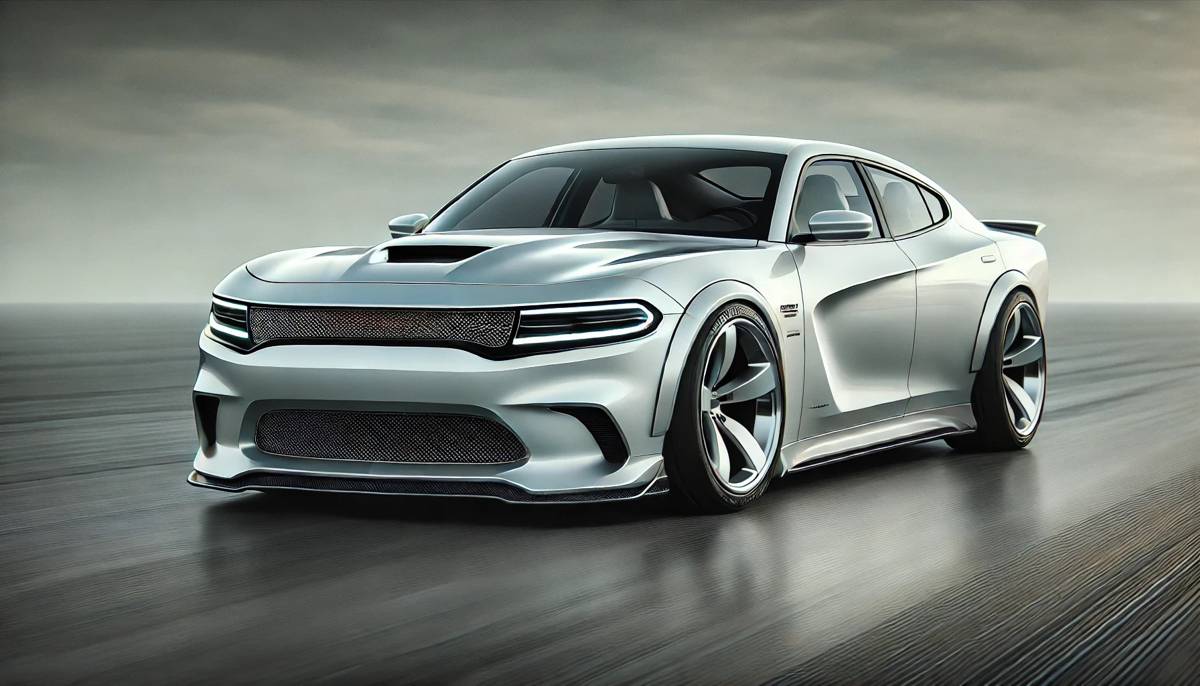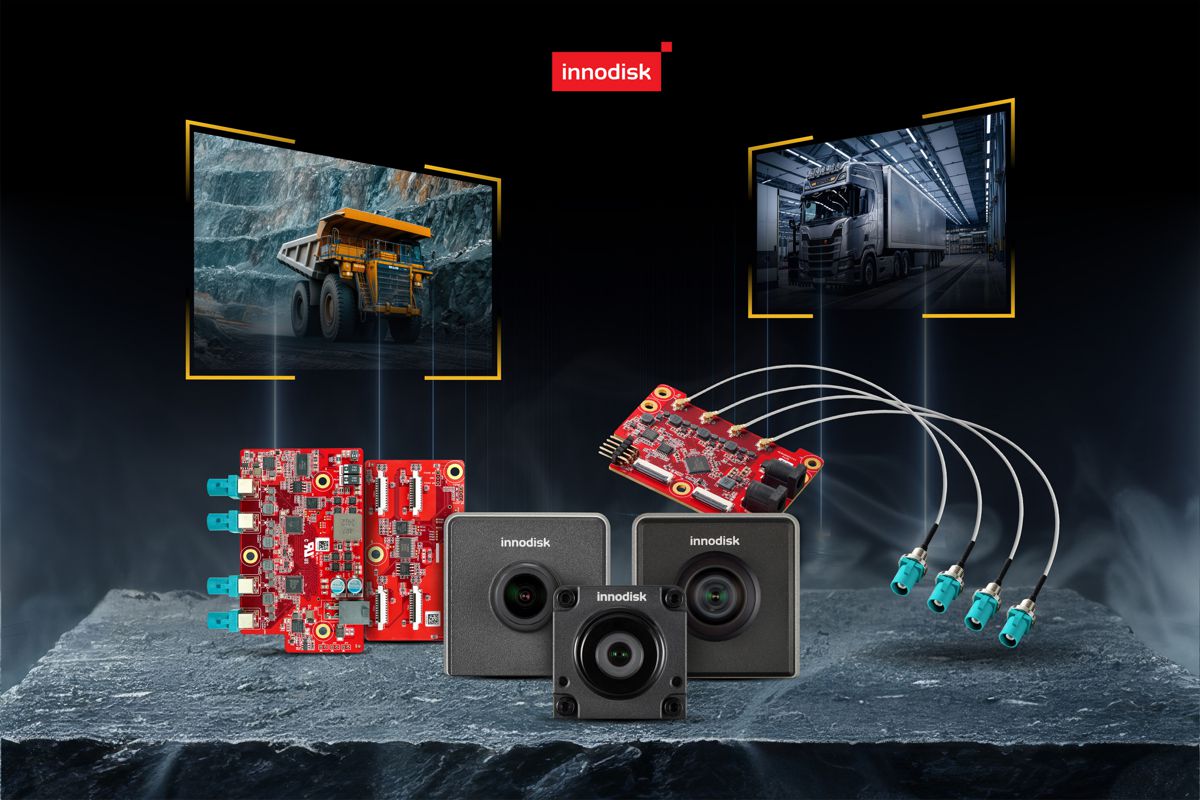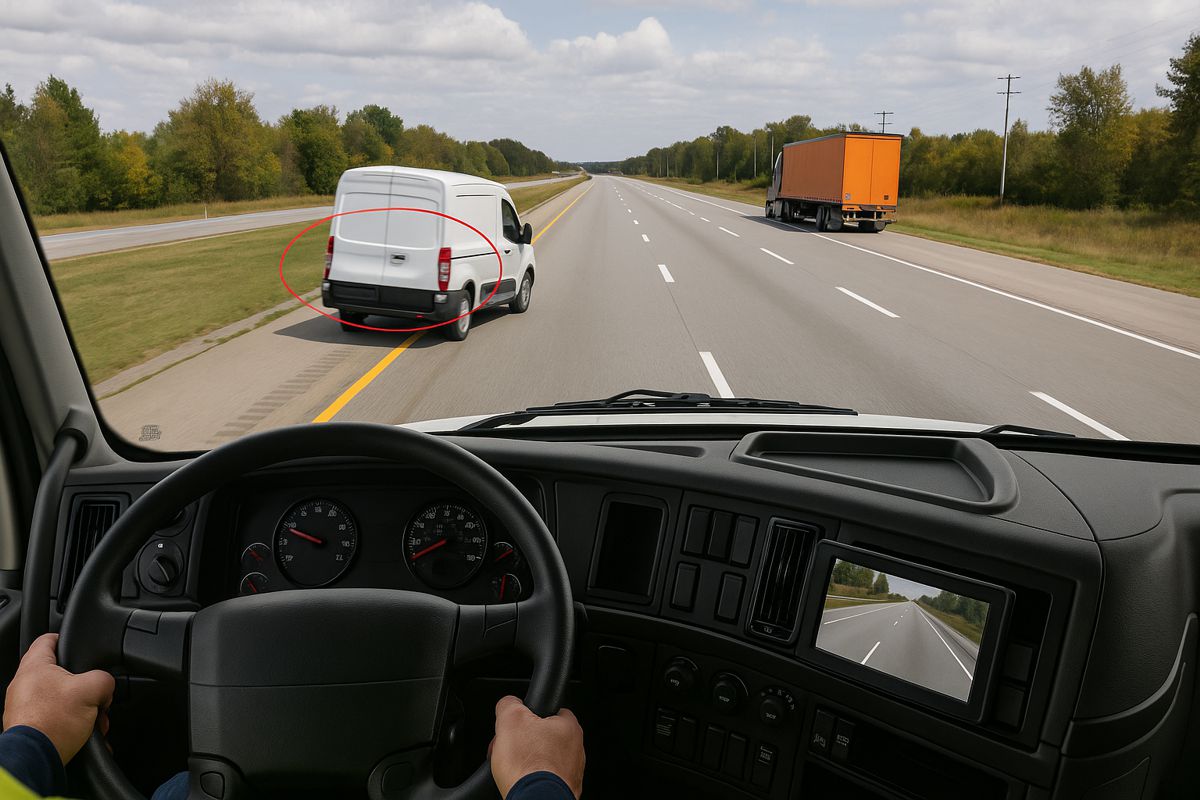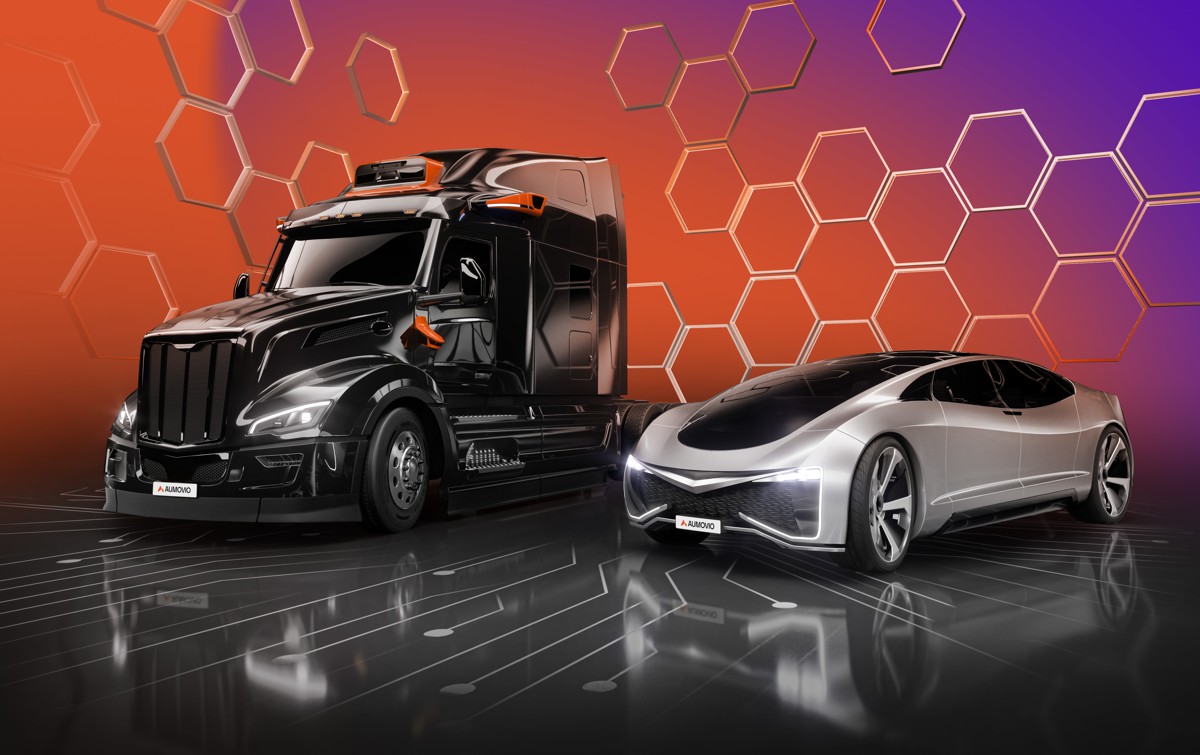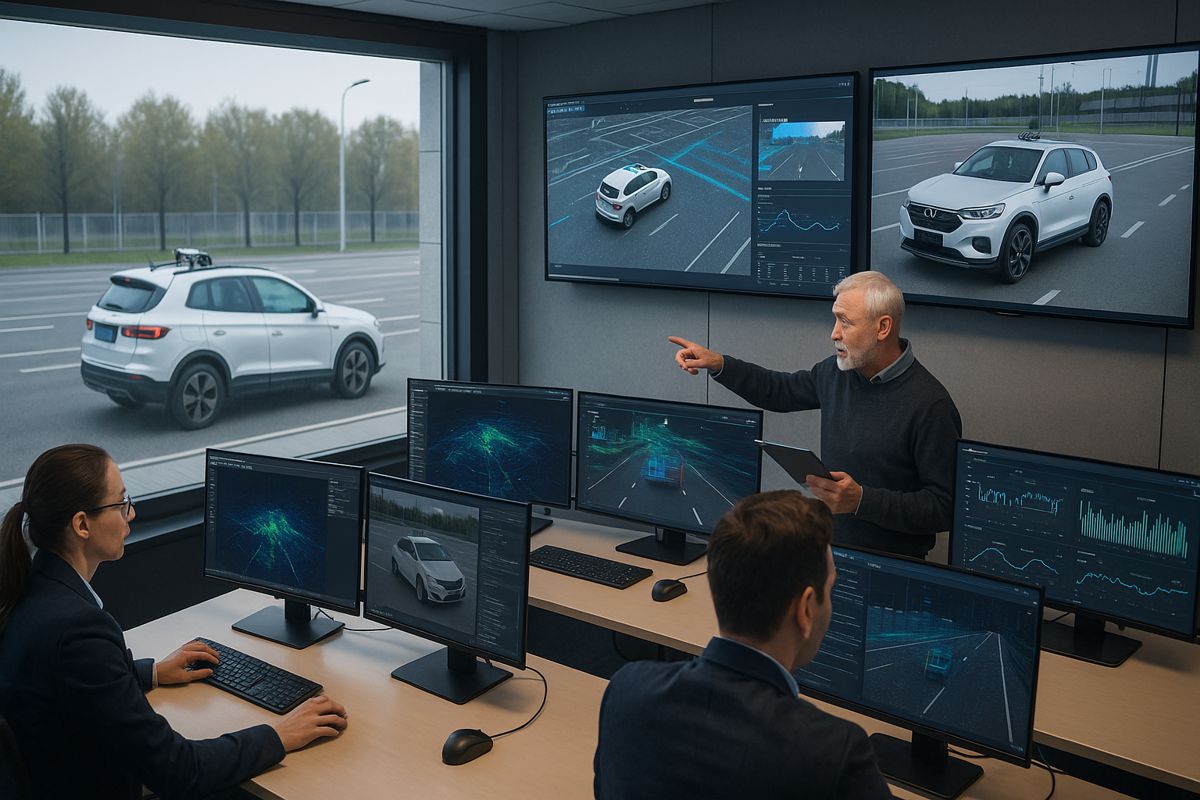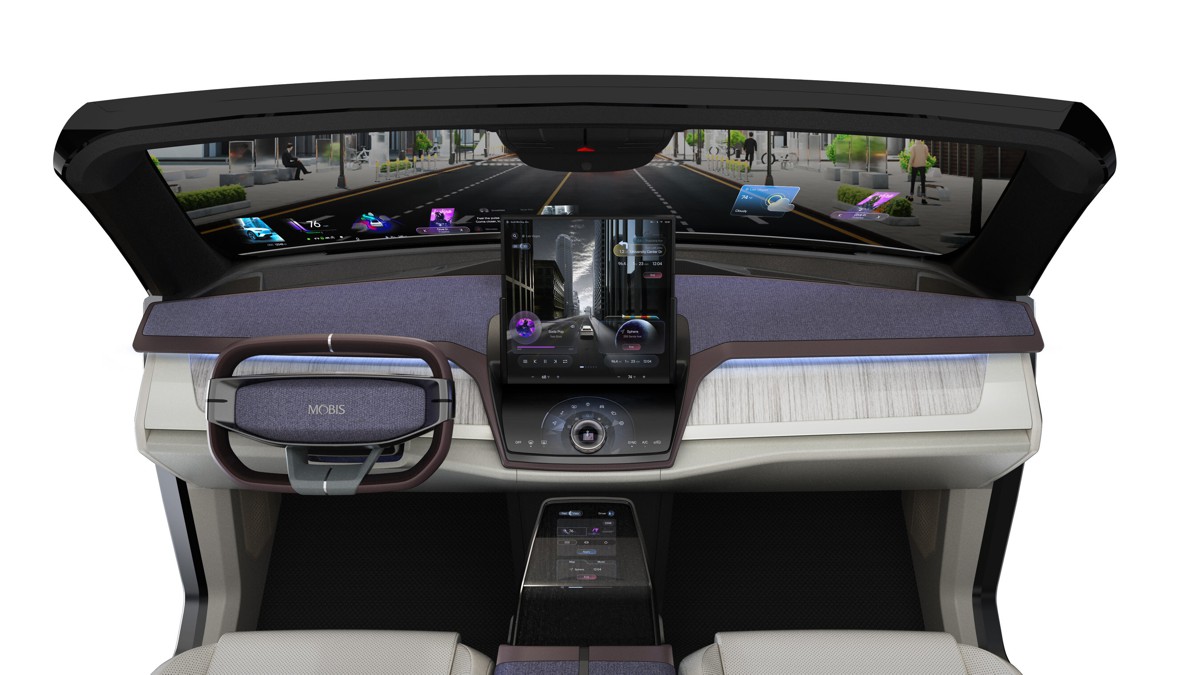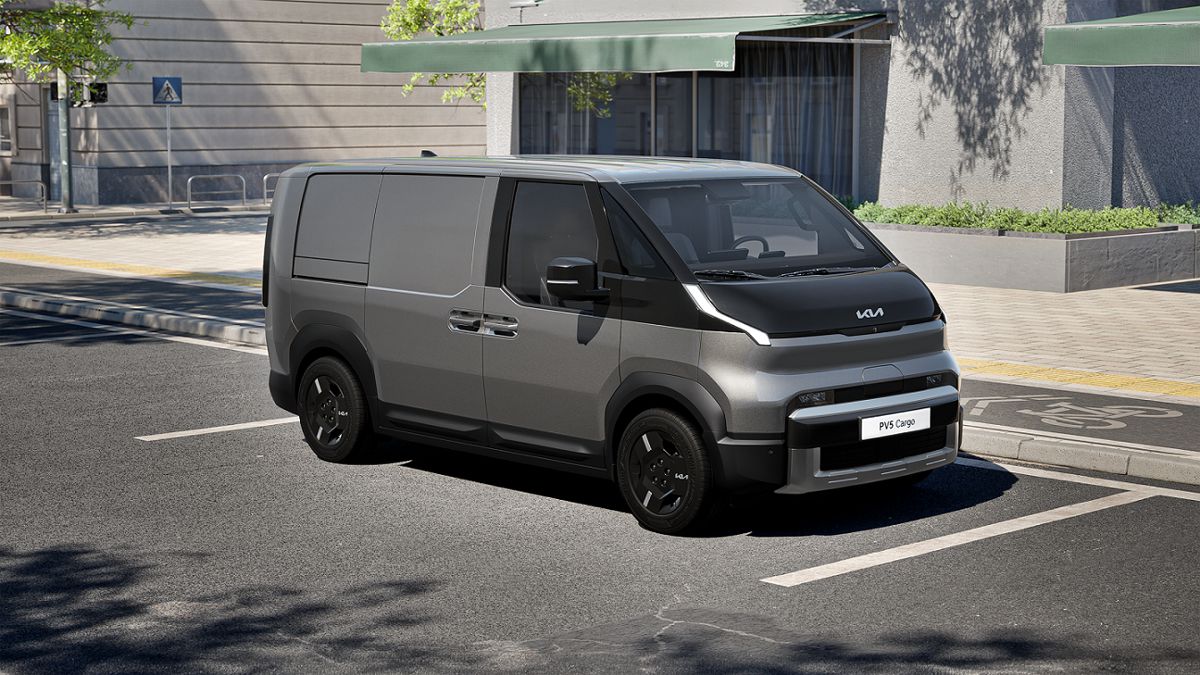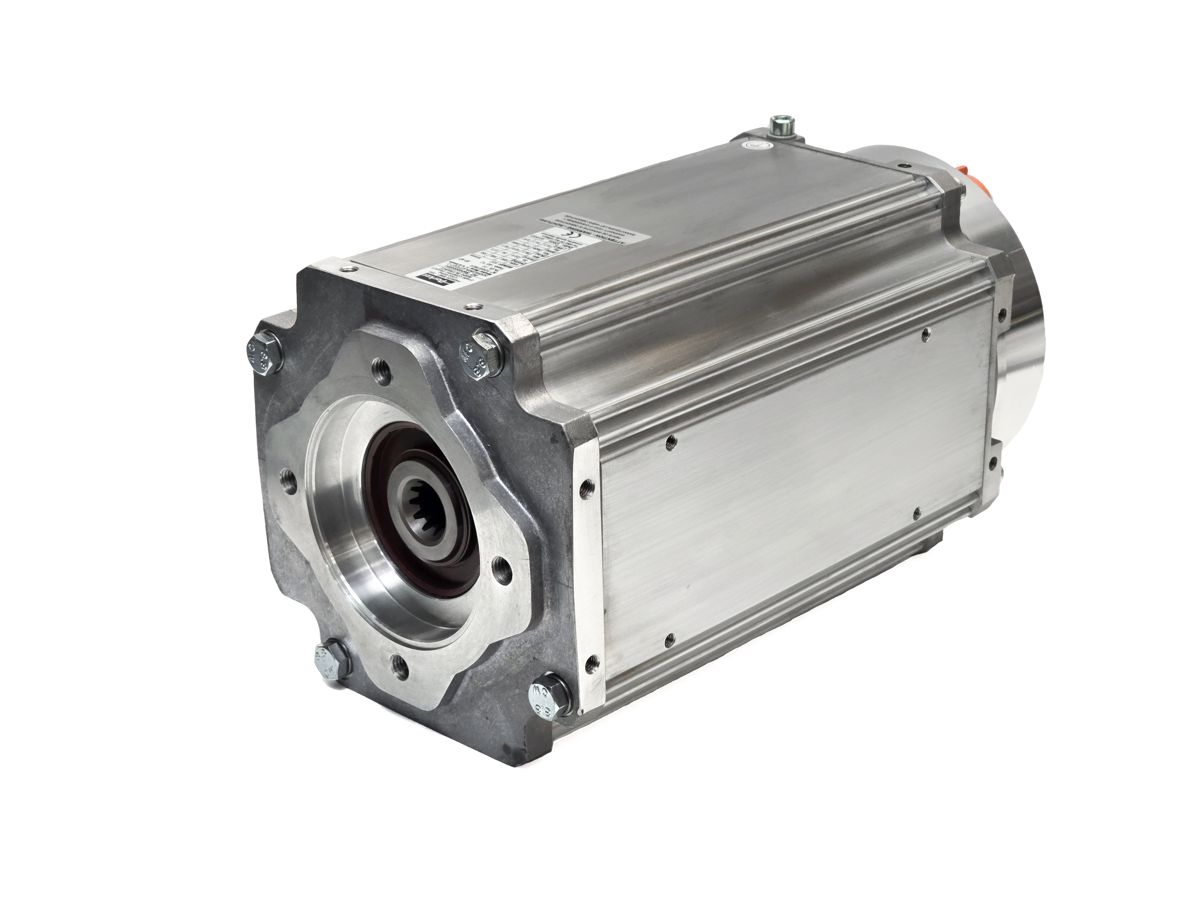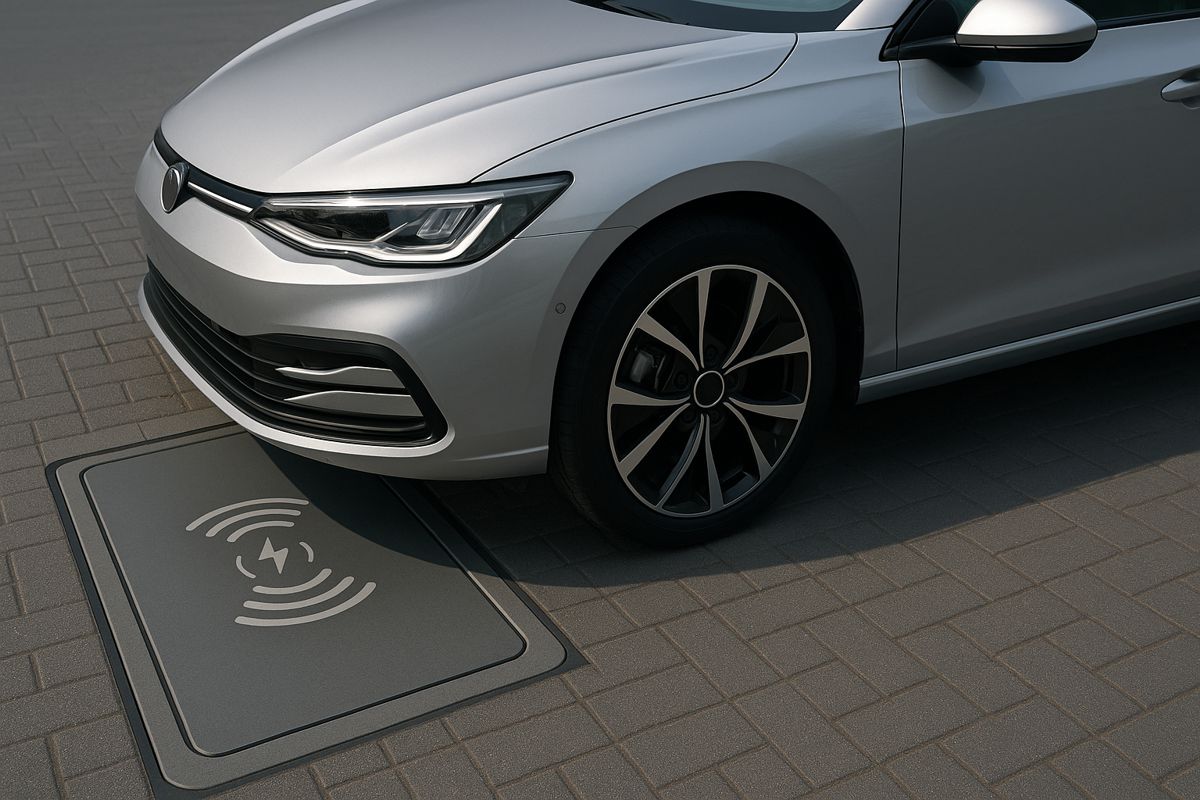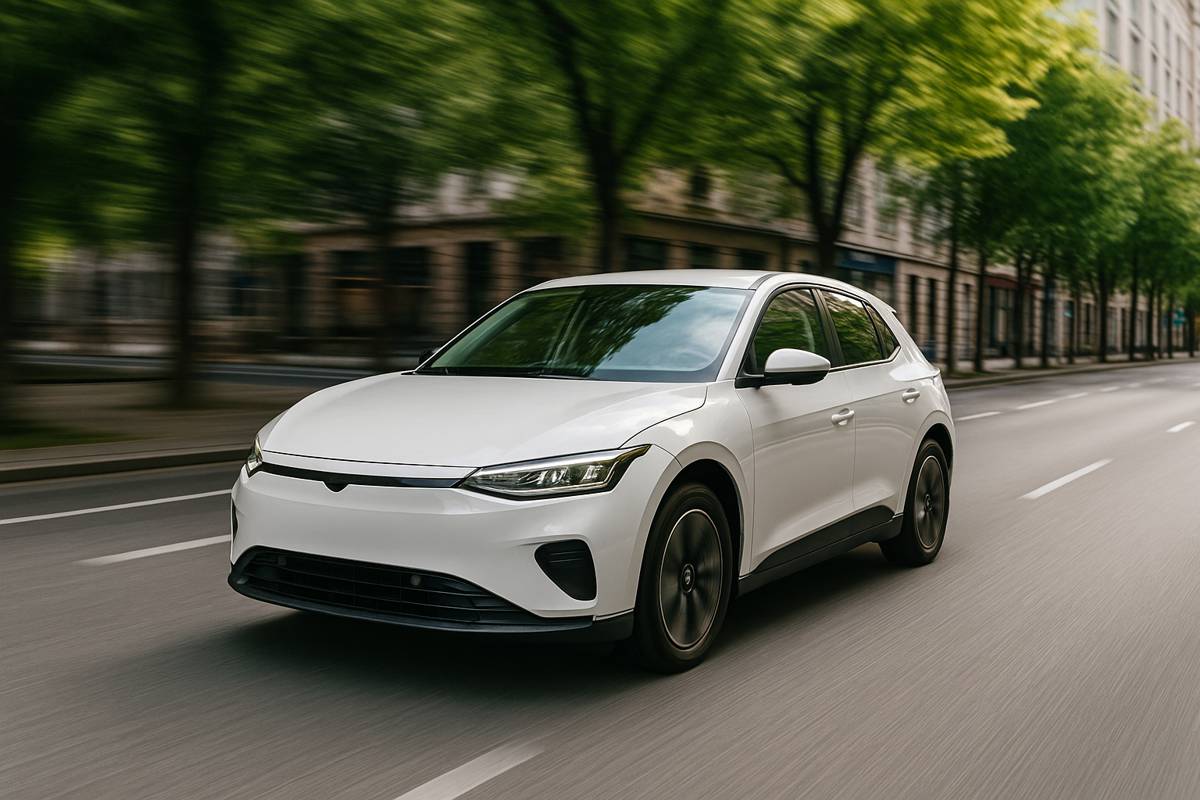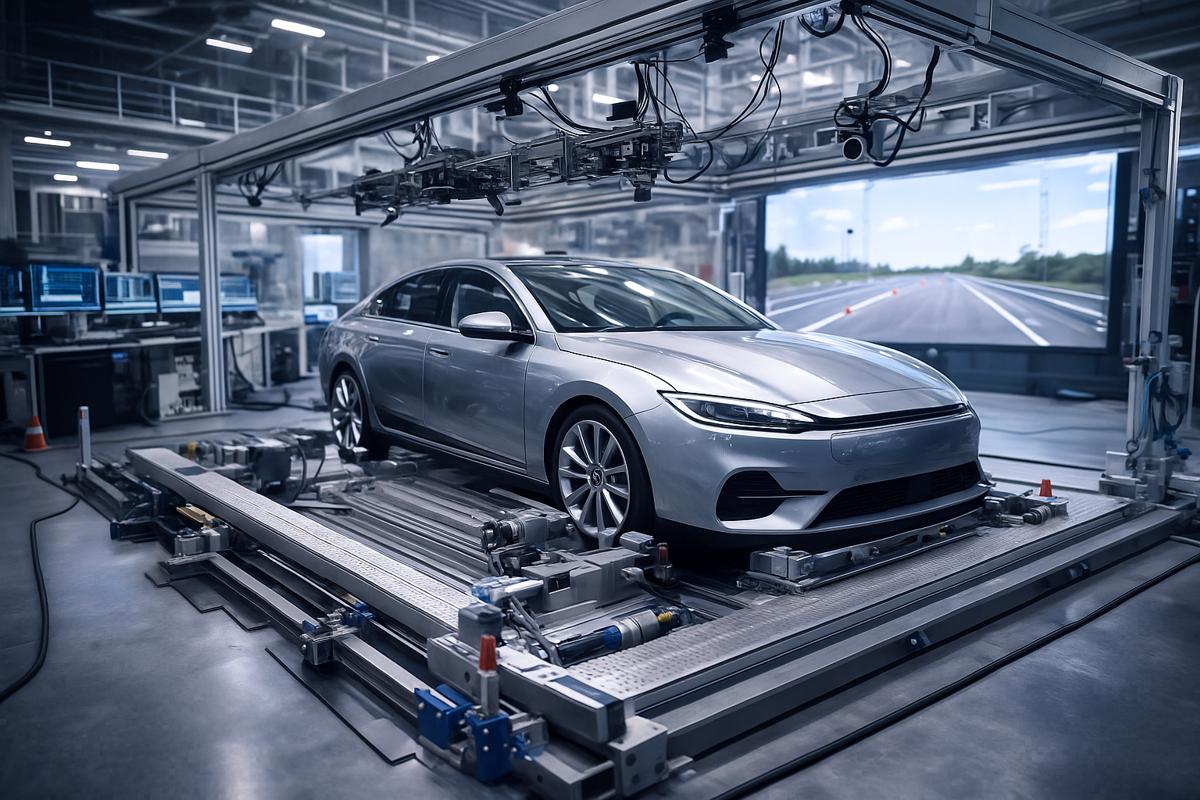Stellantis and Factorial’s Bold Step with Solid-State Battery Technology
The world of electric vehicles (EVs) is on the cusp of a major leap forward, and at the heart of this revolution lies Stellantis and Factorial’s ground-breaking partnership.
By embracing solid-state battery technology, the two giants are positioning themselves to redefine the EV landscape. With a shared focus on innovation, performance, and sustainability, they’re preparing to roll out a demonstration fleet of all-new Dodge Charger Daytona vehicles by 2026—powered by Factorial’s cutting-edge FEST® solid-state battery technology.
The Next Phase of EV Innovation
Stellantis N.V., a global automotive powerhouse, has long been at the forefront of the electric vehicle revolution. In 2021, they took a significant step by investing $75 million in Factorial Inc., an emerging leader in solid-state battery development. Fast forward to 2024, and the fruits of that partnership are about to hit the road. Stellantis is incorporating Factorial’s solid-state batteries into its upcoming fleet of Dodge Charger Daytona vehicles, which will be built on the STLA Large platform.
This demonstration fleet is a crucial step toward mass-producing EVs powered by Factorial’s solid-state technology, which boasts an impressive energy density of over 390 Wh/kg. By 2026, these high-performing EVs will not only validate the technology but also pave the way for Stellantis to integrate solid-state batteries across its extensive portfolio of brands, including Jeep®, Dodge, Alfa Romeo, and Maserati.
Why Solid-State Batteries Matter
Traditional lithium-ion batteries have powered the EV industry for years, but they come with limitations. Enter solid-state technology, which offers several advantages, including:
- Higher energy density: Factorial’s FEST® solid-state batteries pack more energy per kilogram, allowing vehicles to travel further on a single charge.
- Improved safety: Solid-state batteries use a solid electrolyte, reducing the risk of fires associated with liquid electrolytes in lithium-ion batteries.
- Cost competitiveness: As solid-state technology advances, the overall cost of EVs is expected to drop, making them more accessible to consumers.
For Stellantis, these benefits align perfectly with their electrification strategy. They’re not just aiming for high-performing vehicles—they’re focused on creating EVs that are affordable and accessible to a broader market. According to Stellantis’ Chief Engineering and Technology Officer, Ned Curic: “By integrating Factorial’s innovative battery solution into the STLA Large platform, we are validating its potential to enhance our electric vehicle lineup, ensuring customers benefit from improved performance, longer driving ranges, and faster charging times in the coming years.”
The Platform for the Future
The STLA Large platform is at the centre of Stellantis’ bold vision for electrification. Designed to support high-volume production of electric SUVs and performance vehicles, this multi-energy platform is a key pillar in the company’s Dare Forward 2030 strategy. The plan aims to electrify Stellantis’ fleet and achieve carbon net-zero emissions by 2038.
Capable of supporting up to two million vehicles globally, the STLA Large platform is versatile enough to accommodate the unique needs of performance-driven brands like Dodge and Alfa Romeo. With Factorial’s solid-state batteries onboard, these vehicles will deliver not just on performance but also on sustainability.
Siyu Huang, CEO and Co-Founder of Factorial, echoed the excitement surrounding the partnership: “We believe solid-state technology can play a crucial role in enabling the next generation of EVs with improved performance and reduced costs.” Huang’s words underline the shared vision of both companies to drive EV innovation forward and make sustainable transportation a reality.
Factorial’s FEST® Technology
At the heart of this partnership is Factorial’s FEST® (Factorial Electrolyte System Technology), a proprietary platform that’s shaking up the battery industry. FEST® enables Factorial’s batteries to offer higher energy density while maintaining safety and durability. These batteries aren’t just theoretical—Factorial has already secured joint development agreements with several global automotive leaders, including Mercedes-Benz, Hyundai, and Kia, in addition to Stellantis.
Factorial’s solid-state platforms leverage innovative electrolyte systems that allow for safe and reliable cell performance with high-capacity cathode and anode materials. What’s more, these batteries can be integrated into existing manufacturing processes, making them scalable and cost-effective—a crucial factor in accelerating their adoption.
Looking at the bigger picture, solid-state batteries hold the key to solving one of the EV industry’s biggest challenges: range anxiety. With higher energy density, vehicles powered by Factorial’s batteries will offer longer driving ranges, making EVs more appealing to consumers who’ve been hesitant to make the switch from traditional petrol-powered cars.
A Vision for Sustainable Mobility
Stellantis’ partnership with Factorial is just one piece of a much larger puzzle. The company’s Dare Forward 2030 strategic plan is an ambitious blueprint for becoming a carbon net-zero mobility tech company by 2038. This initiative isn’t just about building better cars—it’s about reshaping the entire mobility ecosystem.
With iconic brands like Jeep®, Maserati, and Alfa Romeo in its portfolio, Stellantis is uniquely positioned to lead the charge toward a more sustainable future. The rollout of the Dodge Charger Daytona demonstration fleet in 2026 will serve as a real-world test of Factorial’s technology and lay the groundwork for mass-producing solid-state EVs across Stellantis’ global network.
What’s Next for Stellantis and Factorial?
The next few years will be critical for both Stellantis and Factorial. As solid-state technology moves closer to mass production, the companies will face new challenges, from scaling up manufacturing to navigating the evolving regulatory landscape for EVs. But if the partnership’s progress so far is any indication, Stellantis and Factorial are more than ready to meet these challenges head-on.
The Dodge Charger Daytona vehicles slated for 2026 will serve as a bellwether for the future of solid-state EVs. If successful, this demonstration fleet could mark the beginning of a new era in electric mobility—one where solid-state batteries become the industry standard.
A Bold Path Forward
Stellantis and Factorial are taking a bold step into the future of electric vehicles. By pushing the boundaries of battery technology, they’re setting the stage for a more sustainable, efficient, and accessible EV market. Solid-state batteries, once the stuff of science fiction, are quickly becoming a reality—and Stellantis and Factorial are leading the charge.
As the industry evolves, one thing is certain: the road ahead for EVs has never been more exciting. With solid-state technology poised to reshape the landscape, Stellantis and Factorial are driving the future of electric vehicles.
